Sarah’s protagonist in Stage 3 Clinger performs a parallel role to Walton herself. As a relationship expert turned motivational speaker, Maggie helps those who have experienced particularly difficult relationship up and downs to cope and deal. Just like a therapist, a writer can take you on a journey that culminates in a catharsis. In Maggie’s case, this means using all of the negative experiences that both she and her clients have been through to come up with an “Indepen-dance.” Maggie is swept off her feet by a playboy turned SNAG (sensitive new aged guy) but he is quickly revealed to be more charming codependent than prince charming. Maggie has found herself in that unsatisfying place of receiving what she thought she wanted and realizing that it isn’t as simple as she expected.
Delivered with laughs and intelligence, Stage 3 Clinger is not man hating or even sincere femininity. What’s so approachable about this story is that it could be applicable to anyone. Sure, it’s told through the lens of a woman who is a successful professional in her thirties but the brilliance of this story is that it speaks more about discovering one’s own desires and satisfaction rather than looking outwardly for it. Mike (the Clinger) is simply a metaphor for all of the things that society has told us will bring contentment. Walton reveals this lie with wit but poignantly turn the finger back on her main character to force her to unearth what happiness and sense of identity means to her, as well as finding the source.
Stage 3 Clinger could have been stereotypical if not for the subtle shading that Walton used in tone. The story delivers awkwardness which is the result of very real pain; something like a combination of "There's Something About Mary" meets "How to Lose a Guy in 10 Days.” Displaying these moments of emotional torment makes the comedy that much more of a relief. Sarah remarks, “I think there are a lot of dark romantic comedies out there in terms of cynical views of love. Although the stalker theme can be viewed as dark, I’ve balanced it with compassion and a positive view of love to encourage people to laugh at their pain and darkness and see that regardless of how traumatic it may be, it helps put it into perspective when we’re able to laugh at it. Essentially all comedy is dark, as comedy is a beautiful combination of truth and pain. Laughing at my pain has always gotten me through tough times. I definitely don’t want to encourage stalking but I am interested in exploring desperate love, insecurity, and how that pushes people to behave in ridiculous ways…combined with the message that loving ourselves fully will allow us to find true love.”
Walton knows of what she writes. As a successful Hollywood writer (but a native Australian) in her 30’s, she has focused on writing screenplays that examine modern relationships in several films such as: The Dating Ring, JUMP!, Em Pathetic, and a number of others. As a single woman in LA, there’s a well full of experiences to fuel her ideas. She admits, “My personal life has lead me into some ‘interesting’ situations in dating and love, giving me plenty of material! I'm incredibly curious about love; it's my life's work to discover the algorithm for a healthy, happy relationship, and unconditional love. This is reflected in my writing along with the hilarity and anguish of modern dating. I've had my fair share of love and dating disasters and I exchange funny stories with my friends. Together we have a library of material. Laughing at our pain makes both our lives and my writing so much more fun!”
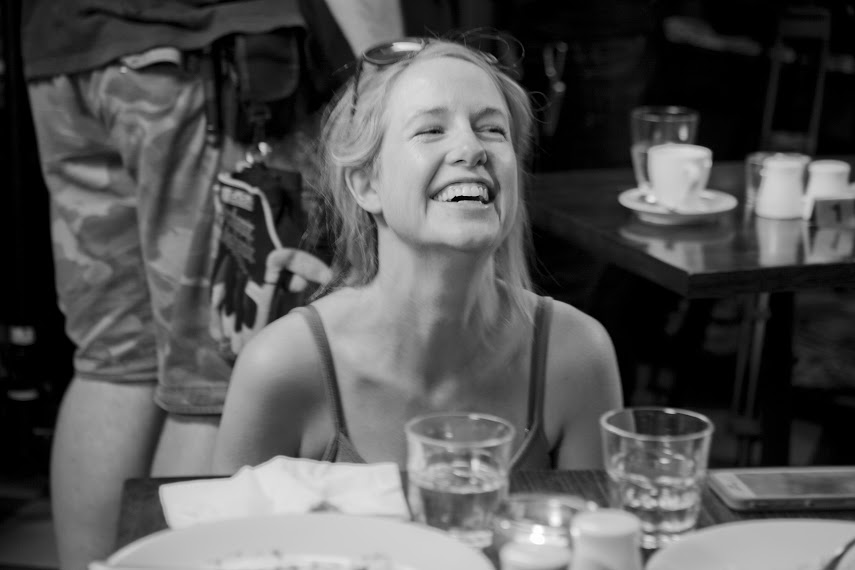
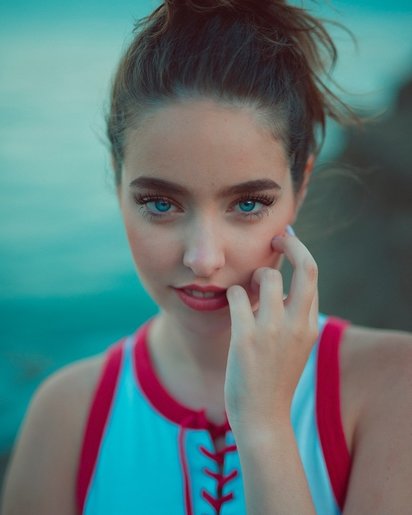
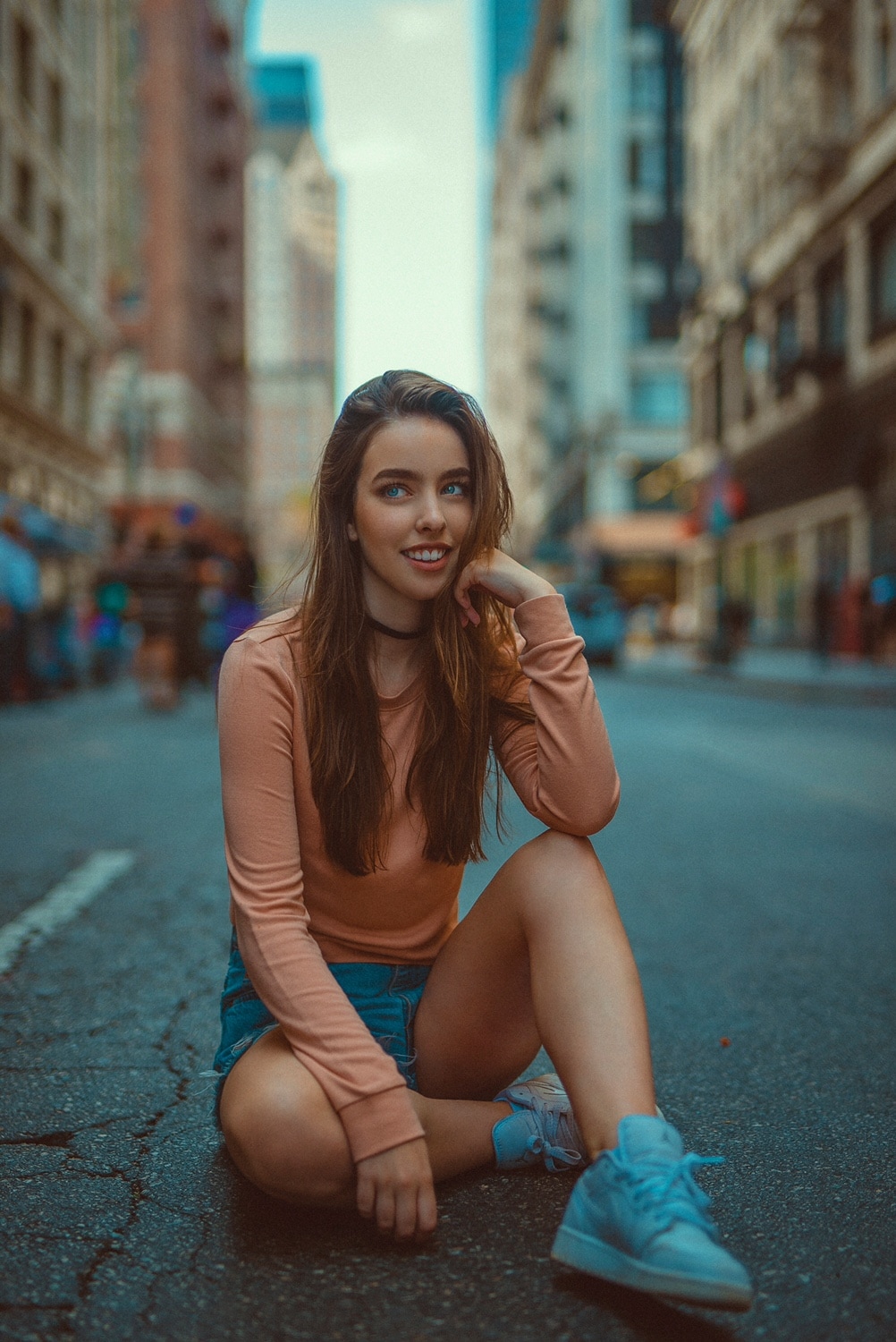
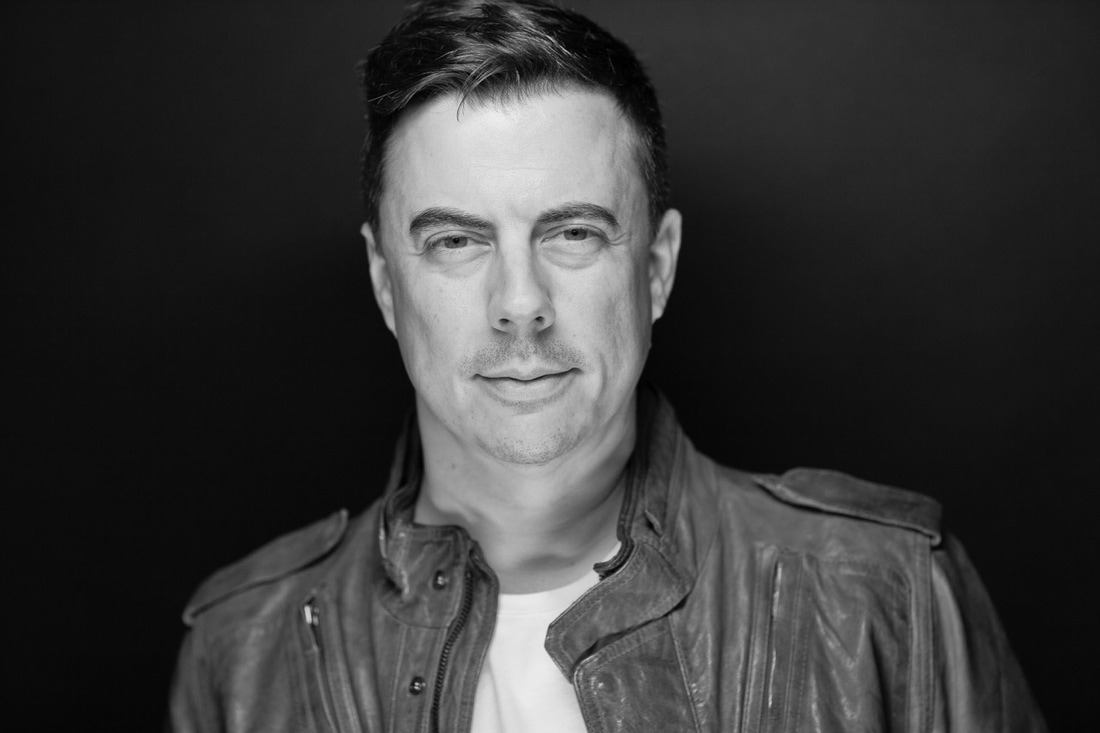
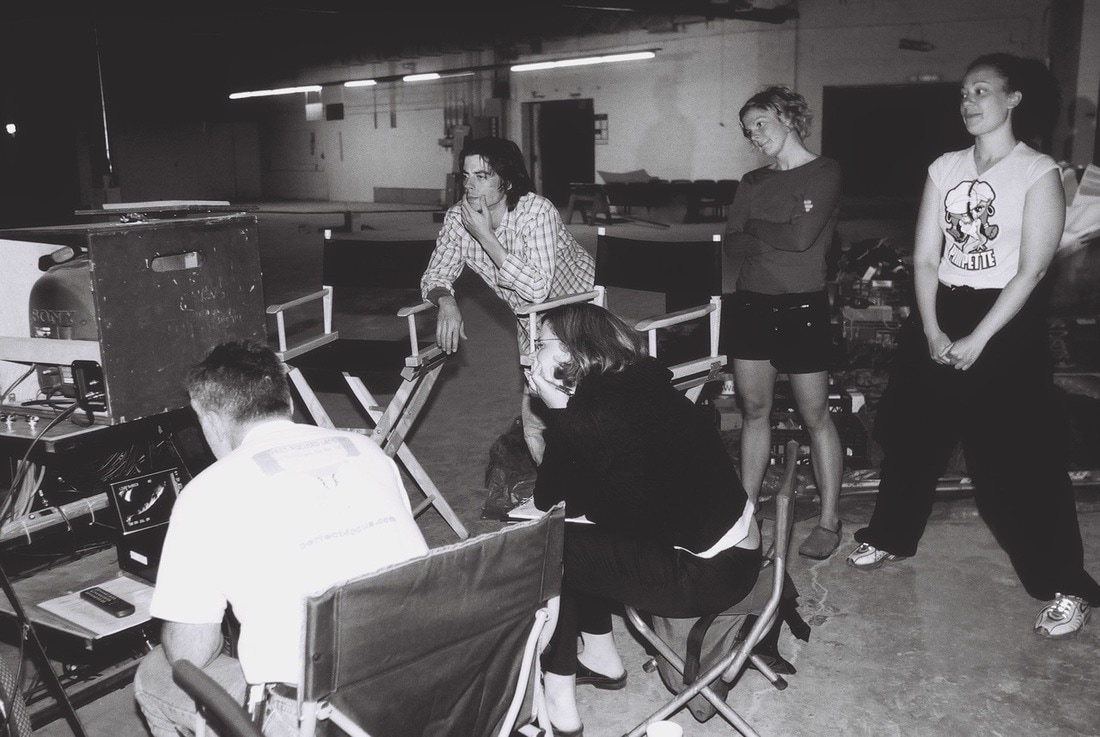
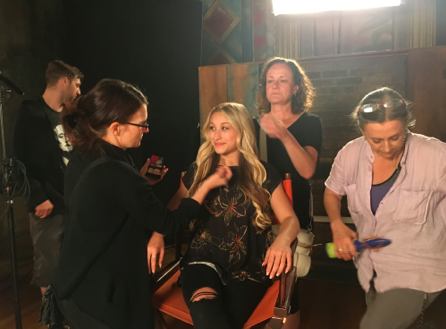
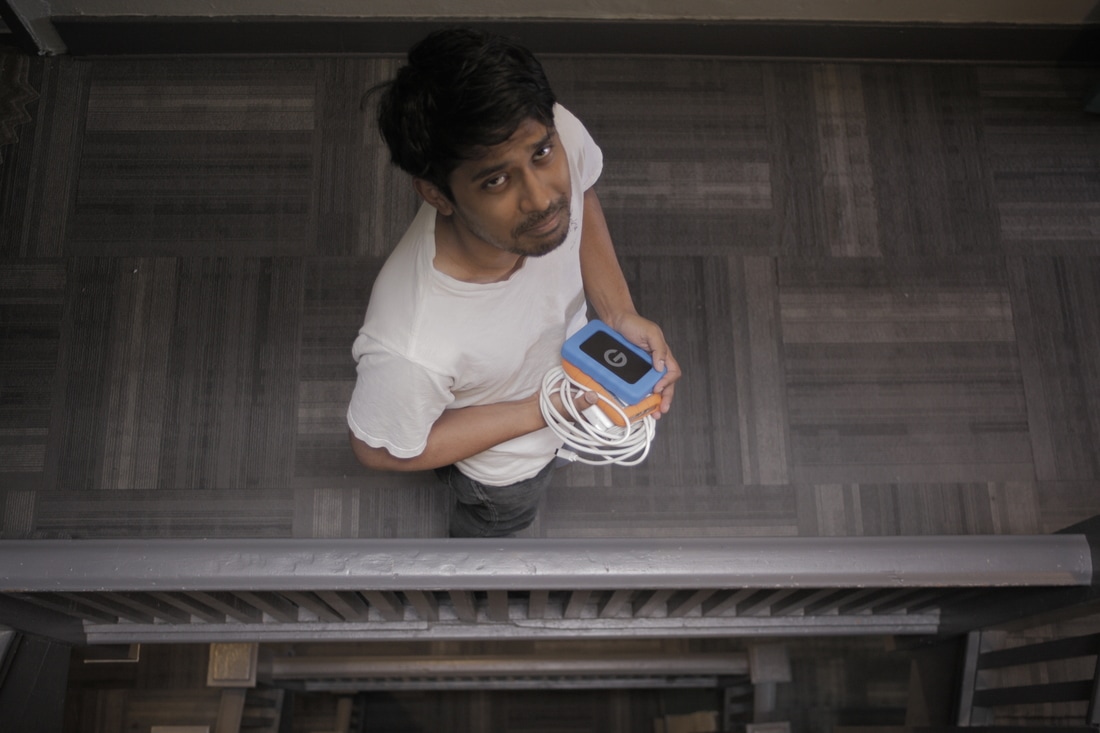
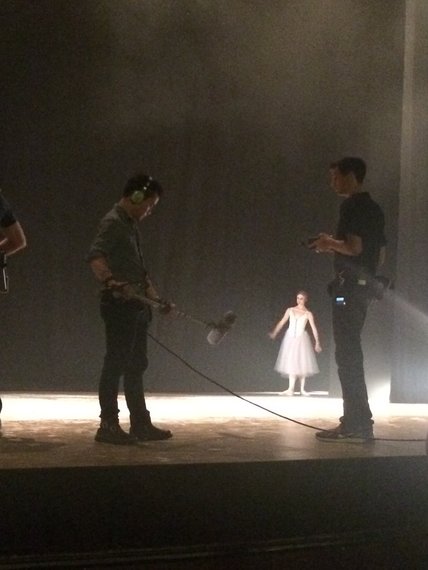
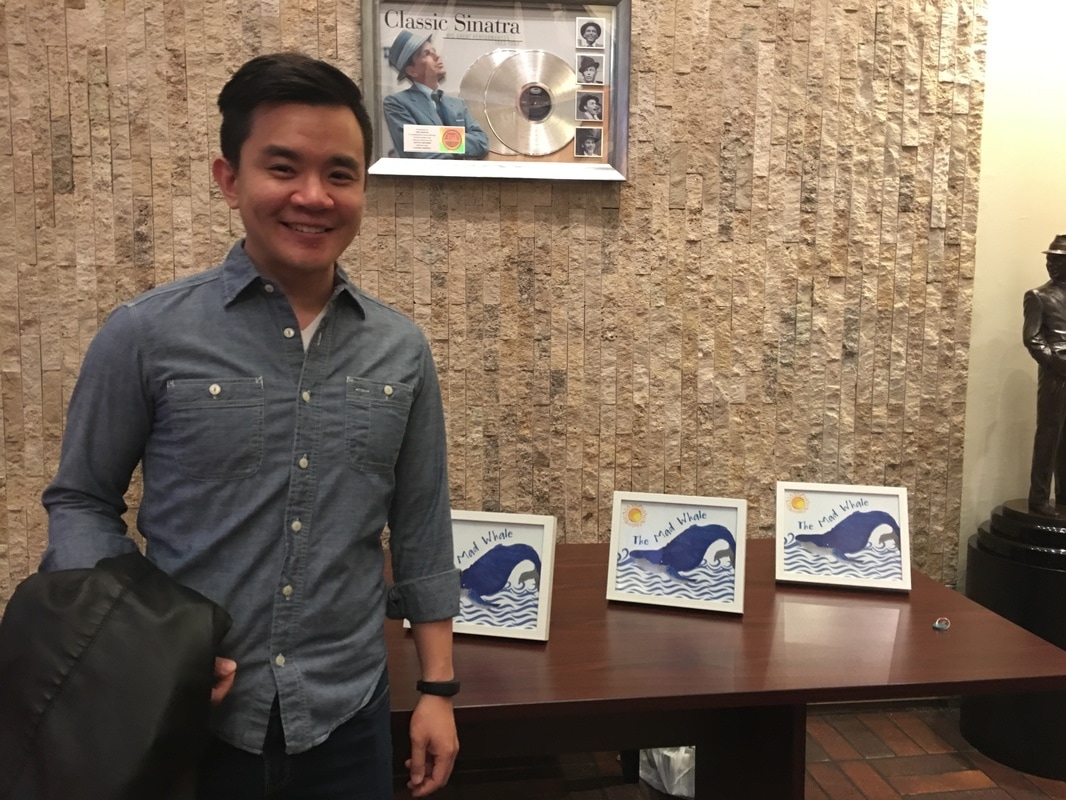


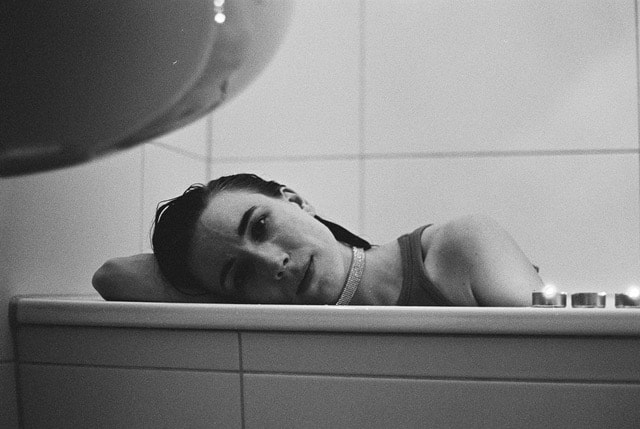
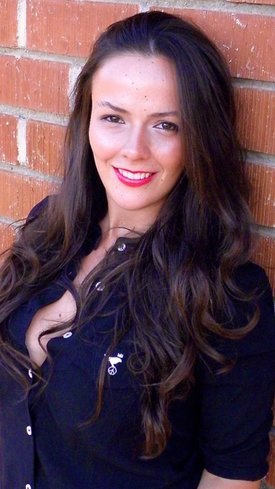
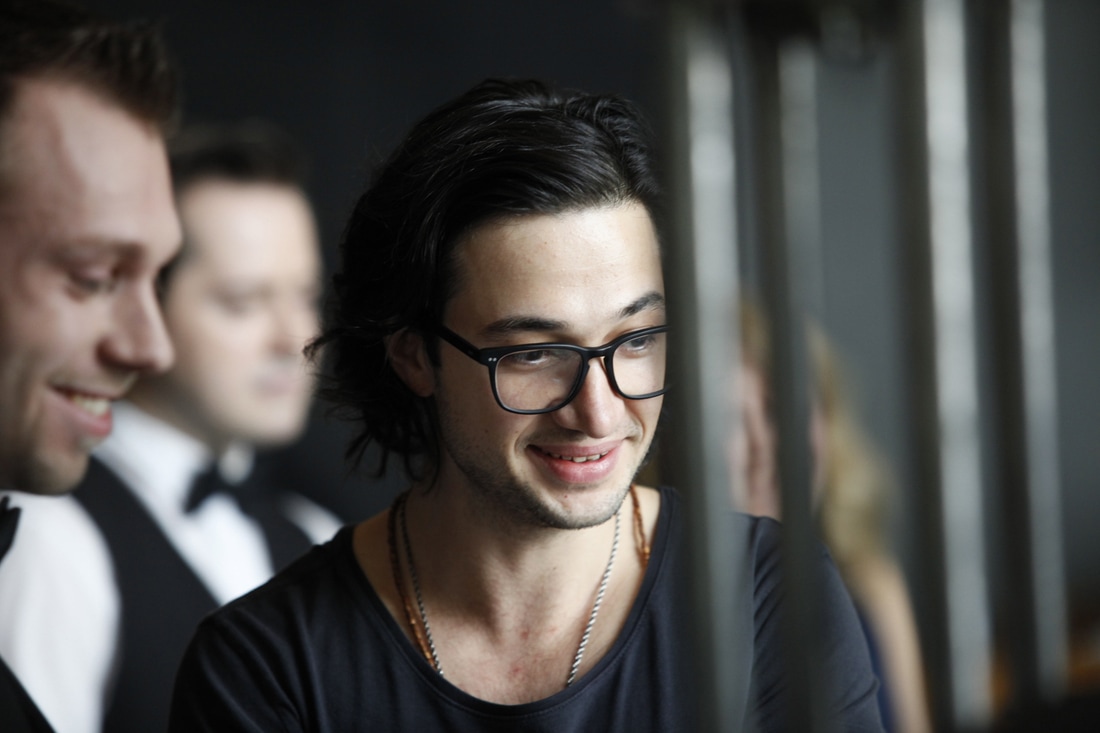
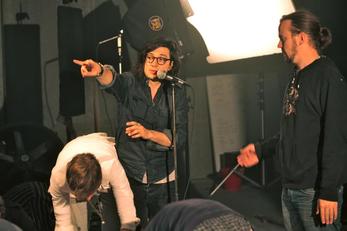
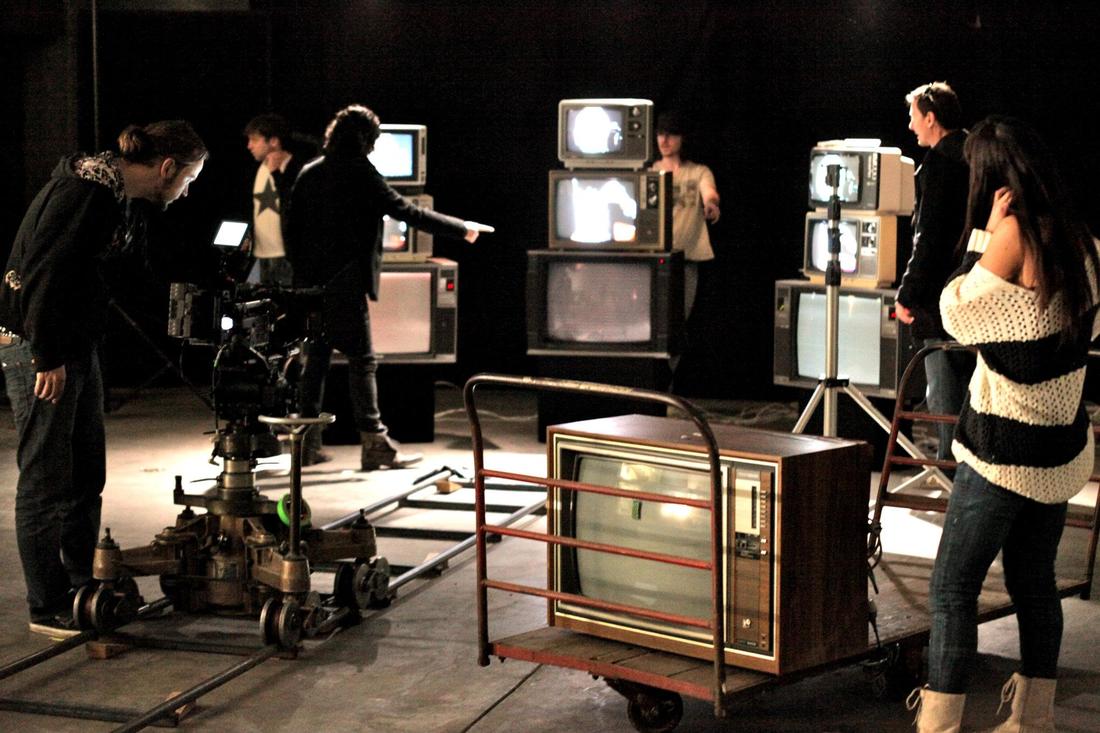
 RSS Feed
RSS Feed
